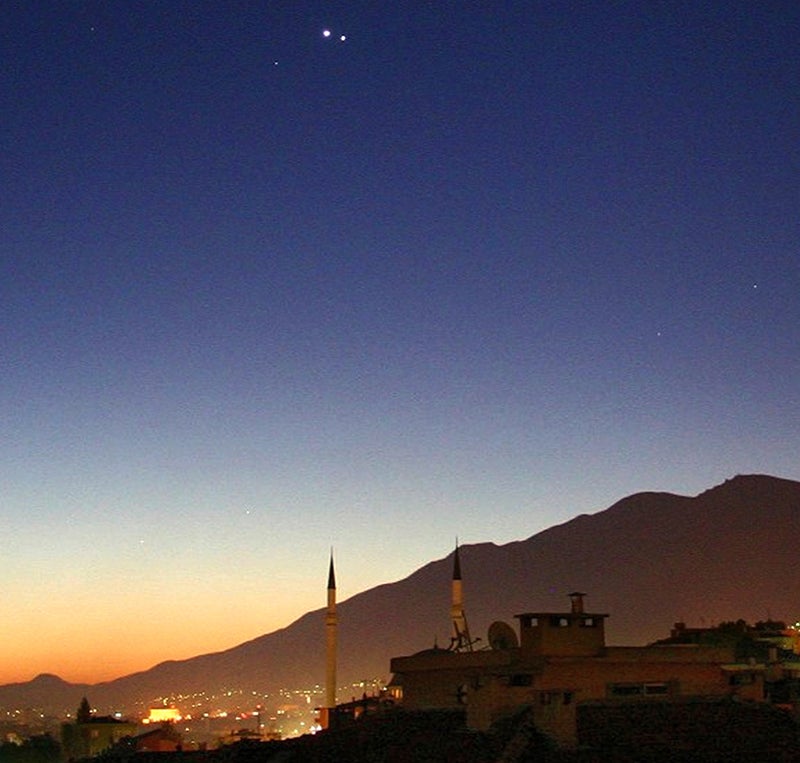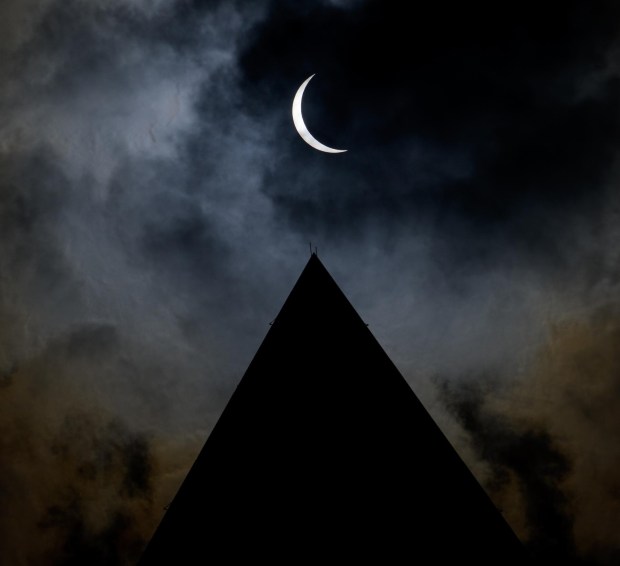
More resources from Astronomy.com:
- Astronomy news
- Astronomy basics
- Glossary of astronomical terms
- Return to Astronomy “For the media” page
WAUKESHA, WI — Venus, the planet nearest to Earth, and Jupiter, the solar system’s biggest world, are headed for a morning meeting. As the brightest planets in the sky, the pair makes a conspicuous sight in eastern twilight.
During the next week, watch Jupiter edge ever closer to Venus. As the solar system’s brightest planets draw together, they’ll begin to resemble a pair of celestial headlights — an appropriate comparison for an event that graces the morning commute.
How to see Venus and Jupiter
Between January 25 and February 1, look low in the southeast in the hour before dawn. The two brightest star-like objects are Venus and Jupiter. Venus is the brighter of the two.
Venus and Jupiter conjunctions this close happen about 50 times this century, but most of these events also occur near the Sun, so they can’t be observed well. According to Astronomy magazine Senior Editor Francis Reddy, “The February 1 conjunction is one of a baker’s dozen that occur similarly far from the Sun this century.”
The planetary dance culminates February 1, when the two worlds will be a little more than one Moon-width apart. That’s so close, observers with telescopes can view both planets at the same time by using low-power, wide-field eyepieces. What’s more, Jupiter’s four biggest moons will be on display as well.
Although the two planets seem to be in danger of colliding, appearances can be deceiving. On February 1, Jupiter lies 562 million miles (904 million kilometers) from Earth. That’s more than 4.5 times farther than Venus, which is 124 million miles (200 million km) away.
Even so, a telescope will show Jupiter’s 33″ width is nearly 3 times the size of Venus’ disk. The reason, of course, is that giant Jupiter, the solar system’s largest planet, is 12 times Venus’ size.
Upcoming notable sky events:
- February 20/21 — the last total lunar eclipse until December 2010
- February 24 — Saturn shines big and bright all night, best time of 2008 to view the ringed planet.
Astronomy‘s mission:
Astronomy promotes the science and hobby of astronomy through high-quality publications that engage, inform, entertain, and inspire.









